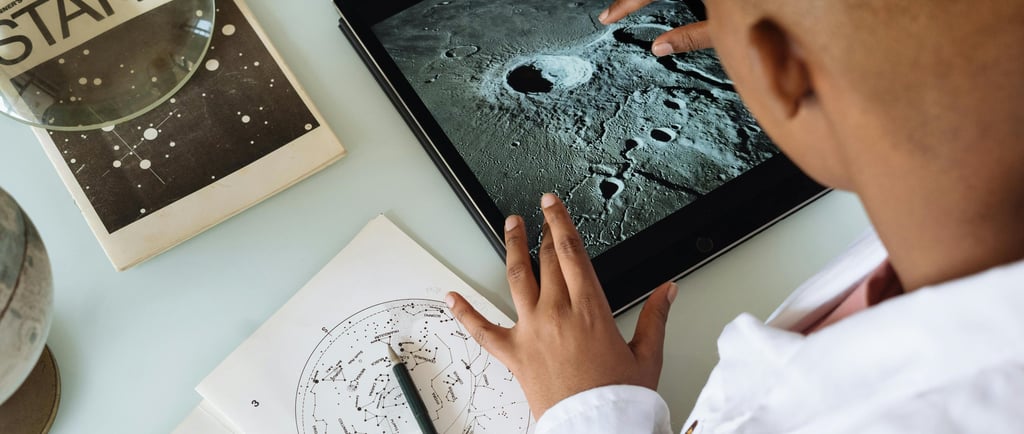Nurturing Curiosity
The Key to Lifelong Learning
10/23/20242 min read


Nurturing Curiosity: The Key to Lifelong Learning
Children are naturally curious. From the moment they open their eyes, they begin exploring the world around them, driven by a deep desire to understand how things work. As they grow, this curiosity becomes a powerful tool for learning, sparking their interest in everything from science experiments to the pages of a storybook. For parents and educators, nurturing that curiosity is key to developing a lifelong love of learning. But how can we encourage children to continue asking questions and seeking knowledge, especially in an age of constant distractions?
One of the most important ways to foster curiosity is by creating an environment where questions are welcomed and encouraged. When children feel that their curiosity is valued, they are more likely to explore their interests and pursue knowledge independently. This starts by responding thoughtfully to their questions, even if you don’t have all the answers. Instead of shutting down a child’s inquiry with a quick dismissal, consider engaging them in a conversation. For example, if a child asks, “Why is the sky blue?” instead of providing a textbook answer, you might say, “That’s a great question! What do you think?” This opens the door for further exploration and critical thinking.
Curiosity isn’t just about asking questions; it’s also about discovery. Children learn best when they are actively involved in the learning process. This means providing opportunities for hands-on exploration. Whether it’s conducting a simple science experiment at home, building a model, or even taking a walk in nature, these experiences allow children to observe and interact with their environment in meaningful ways. For educators, incorporating inquiry-based learning in the classroom can turn passive students into active participants. Rather than providing all the answers, teachers can guide students through the process of discovery, encouraging them to research, hypothesize, and test their ideas.
Another way to nurture curiosity is by embracing mistakes as part of the learning journey. When children feel pressure to always get the “right” answer, they may become afraid to take risks or ask questions that seem too difficult. By framing mistakes as learning opportunities, we create an atmosphere where experimentation and exploration are celebrated. For example, if a child’s science experiment doesn’t go as planned, instead of focusing on the failure, we can ask, “What did you learn from this? What could you do differently next time?” This helps children develop resilience and a growth mindset, which are essential for lifelong learning.
Reading is also a powerful way to stimulate curiosity. Books open up worlds of possibility, allowing children to explore places, ideas, and experiences far beyond their own. Encouraging children to read widely and explore different genres can ignite a passion for learning. Parents and educators can help by providing access to a variety of books and engaging in discussions about the stories. Asking open-ended questions like “What do you think will happen next?” or “How would you solve this problem?” can deepen their engagement with the material and encourage critical thinking.
Finally, curiosity thrives in an environment that fosters creativity. Allowing children the freedom to play, imagine, and create without rigid constraints helps them develop their own ideas and solutions. Whether through art, music, writing, or imaginative play, creativity and curiosity go hand in hand. By giving children the space and tools to express themselves, we nurture their innate desire to explore and learn.
In a world that often values quick answers and efficiency, nurturing curiosity requires patience and intentionality. But by creating a supportive environment where questions are encouraged, exploration is celebrated, and mistakes are seen as learning opportunities, we can help children develop the skills and mindset needed for lifelong learning.


